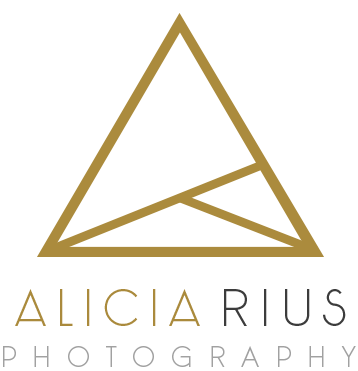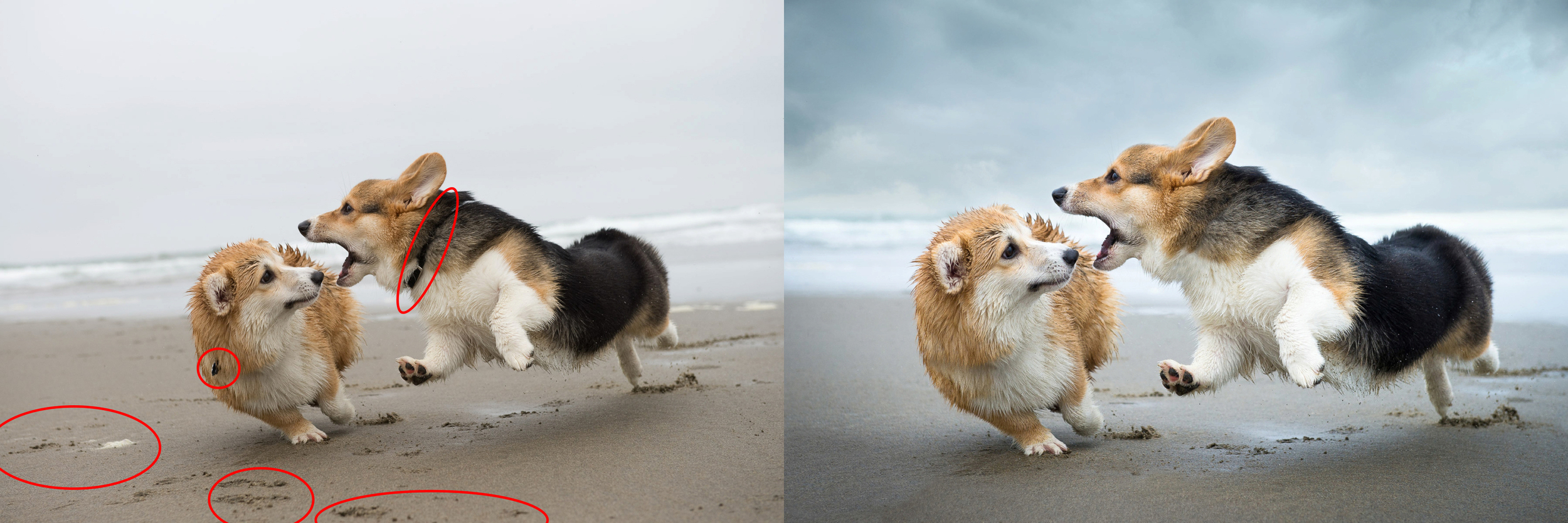Oftentimes, photographers look for photography jobs to increase their portfolio, to gather new experience, and to increase their clientele. However, starting out in this field takes persistence and patience! If you are a professional photographer with an established vision and a cohesive body of work, here are some ways to land a photography gig!
Prepare your Portfolio
Pet photography for families was something I was, and still am, passionate about. After two years of tender family moments, I decided I wanted to start shooting for commercials. To begin my new ambition, I gathered my best images and I contacted a few photography agents to get some feedback. Both of them told me that, despite having very nice photos, my portfolio lacked a “commercial” look and feel, and it also did not tell a “story”. The feedback was highly appreciated by me, as constructive criticism gives the opportunity for anyone to grow professionally.
From Lindsay Adler, Fashion & Portrait Photographer:
“Rejection isn’t failure. It is a chance to learn and to grow. Rejection seems extremely difficult because our work is so personal to us, but that’s exactly what makes it so brilliant. Not everyone will like your work—and not everyone is supposed to. Know when to take critique and when to ignore it!”
Therefore, I took the advice given and went into my portfolio to effectively retouch and polish my images. This gave them more of a professional and “finished” look.
For you, the professional photographer looking for more opportunities, there are things I can recommend. For starters, prepare your portfolio by seeking advice from seasoned professionals as I did. Once you have a good portfolio, along with a nice and easy-to-navigate website, you will need to promote your work. I use and recommend Behance, Instagram, Pinterest, e-promos, mail promos and personal emails to share work. However, the way people find me 95% of the time, is via SEO (Search Engine Optimization). Meaning that when they search for “animal photographer” or “dog photographer in LA”, I rank very well in Google results. This is due to my meticulousness when renaming my files upon uploading them in my website (more about Image SEO here) and by keeping my blog up to date with content that relates to the site.
Find Future Clients
When you reach out to potential clients, you need to make sure they have clients related to what you do. For example, this year one my goals was to work for one national pet food brand. Normally these national brands work directly with advertising agencies. So I did my homework and searched for an agency that had animal-related clients. There’s no point of spending money sending mail promos with cute dogs if the agency you are sending it to has every type of client...except animals! Most of the time, you won’t hear back unless they are working on a project and feel you might be a good fit. Following up with these contacts is a good idea; however, try not to overdo it.
Your Potential Gig
Now, let’s say you get contacted by an agency for a project. Here’s what going to happen. First, they will send you an email telling you that they have a project and if you’d like to bid for it. Unless you are a very well-known photographer or have a very specific style/vision that they are looking for, they will be asking a few photographers to bid for the project. These bids will then be presented to the client (brand). After reading the project description, if you find that it is interesting to you, tell them you would like to bid. Schedule a call to know more and to ask all the corresponding questions. After that, you will need to send to the client your
estimate,
treatment,
and portfolio.
Your estimate has to include EVERYTHING to make that project happen. Not only your day rate and the cost for the image’s usage rights, but everything else, including the crew, lighting, cameras, transportation, lodging, models, casting, etc. If you are running your photography business by yourself like I do, with no agent, it’s better to work with a producer. Once you contact a reputable production agency, you then brief the producer, and they will prepare the complete estimate for you. Unlike the agent that will charge you 20% commission fee if you land the project, the producer will quote their rate in the estimate. There’s also Wonderful Machine, but you have to pay them in advance for them to work on the estimate. Try to avoid this method unless you are in desperate need of presenting the numbers as soon as possible. This is because you will end up paying at least $200 for a project you might not even win.
Your treatment is your vision of the work which is going to be shot. This is not to be underestimated; some photographers fail to work on the treatment. It is a lot of work, yes, but it shows that you are a professional and that you are very interested in working with them. When writing a treatment, it is important to understand that it is not a sales tool, but an actual professional pitch by you. Your treatment is a professional and effective way to convince this possible client that you're absolutely the best person for the job.
Sample of my latest treatment for a National Brand.
Now, you may think ‘if they contact me it is because they know my vision and my work.’ Wrong. There is a difference between your own vision and the ability to produce a work that fulfills the client’s vision, all while staying true to who you are as a photographer. Properly presenting the treatment also shows them that you understand their needs and how you can help them to accomplish them.
Your portfolio must be pristine and very easy to access. Simple is better! The portfolio is not going to be effective if you send them a link to your website. Neither the client nor the agency have time to browse your website. Remember, you are pitching against other photographers and they are very busy. So make their life easier by creating a pdf with the best 30 images of your work, and include images related to the project you are wanting to entice the potential client even more. Include it in the email for ease of access. This PDF portfolio, next to the treatment and estimate, is what you will send to the agency. The agency will then forward it to the client for the final decision.
Sample of some of the images I present to clients. I always put one image per page in a PDF.
At this stage, you can only wait. If you don’t hear from them after a few days, give them a call or write them a follow-up email. It’s important that you don’t disengage just yet. Keep following up until they tell you that the project has been awarded to another photographer. It could have been that your email went to spam or that the recipient could not open the attachments. You want to make sure they received everything and that they don’t have any questions regarding anything.
There will be rejections; this is normal. It is important not to lose faith in yourself and to not give up. Persistence is key in finding clients, and it really is a job in itself. However, once you find a few gigs, you may be surprised at how things begin to flow from there on. Word of mouth and recommendations do occur in this field of work, and if you perform to your client’s satisfaction, people will most definitely be interested in your work for future projects!




